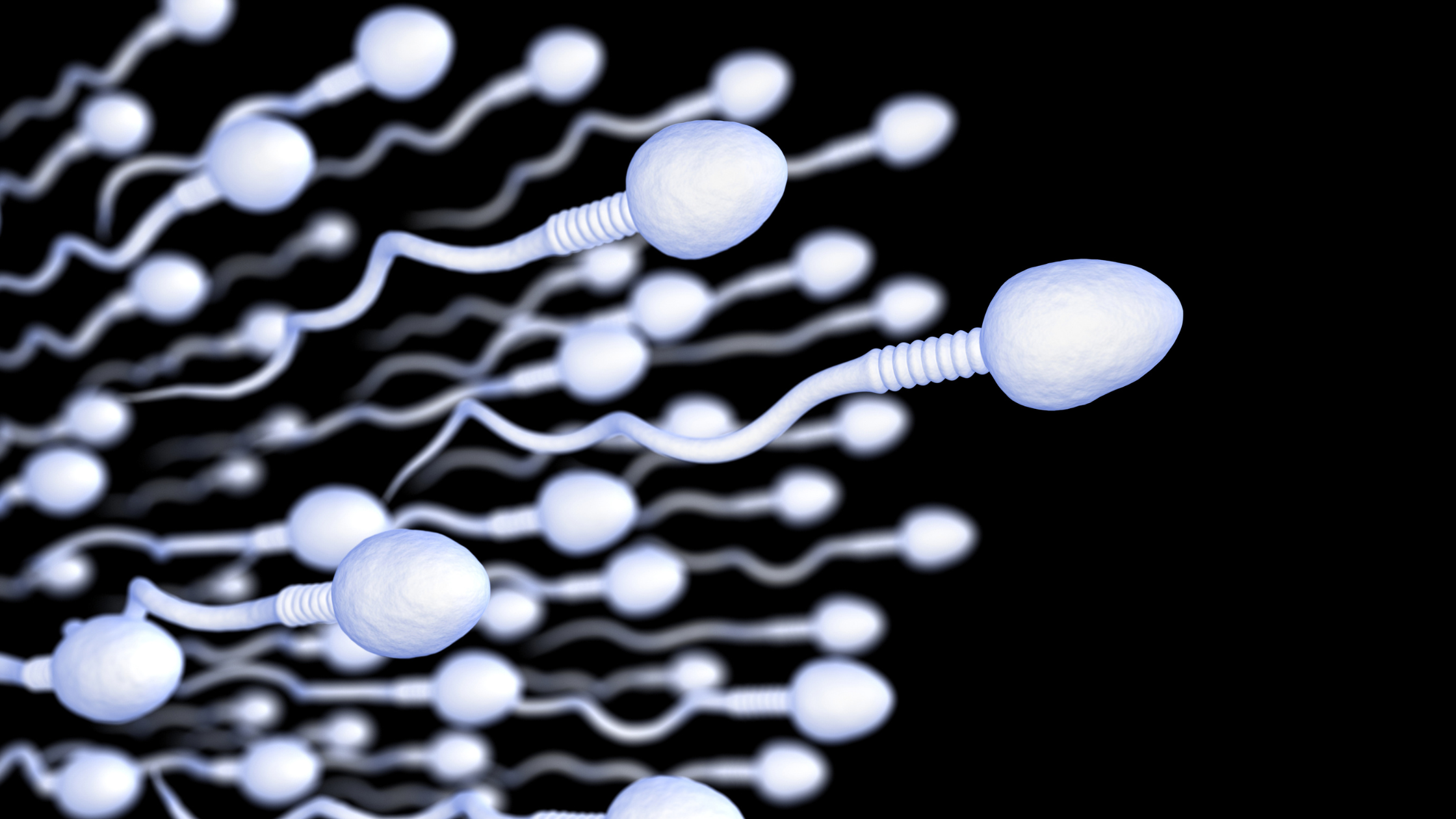Facts about sperm for your parenting journey, or next pub quiz!
- Semen and sperm are two different terms. Males produce semen that has the sperm in it.
Sperm is the male reproductive cell, yes the one we all seen funny photos with the head and
long tail. Some call it the seed! - Semen is the viscus fluid that contains the sperm cells, but only 3-5% of the semen has
sperm cells.
◦ The rest is a mix of over 200 proteins as well as multiple enzymes, amino acids,
vitamins, fatty acids, sugars, minerals and many nutrients that feed the sperm cells
and allow them to swim. The journey to find the egg is long and exhausting. Same
when you go hiking, and you take energy bars and snacks to keep the energy up. - Most semen is produced by the seminal vesicles and prostate glands, and a small percentage
from the testicles and epididymis. - An average ejaculation contains around 100-200 million sperms.
◦ Sperm has to compete hard to reach the egg. So the chances are one in few million.
The competition is high, so these energy resources are indeed very useful. - Men produce sperm daily.
◦ This could be 100-300 million sperm a day, that’s around 1500 sperms per second. It
is a non-stop factory, no closure no breaks. It takes around 2-3 months for a single
sperm to be produced. - Sperm is tiny compared to the egg.
◦ However, since they are so many, a male with an average good quality semen could
put all the sperm in a straight line and this could stretch to few kilometres long. - Sperm size isn’t in proportion to the body size.
◦ The sperm of a tiny fruit fly is 1000 times bigger than that of human sperm. The rat sperm
is 5 times bigger than human sperm. - Sperm will determine the sex of the baby.
◦ Sperm will either carry female X chromosome or male Y chromosome. - Sperm can live inside the female body for up to five days.
More sperm facts:
- Sperm has no sense of direction.
◦ They swim nonstop. But there is a reason for this. The female reproductive system
has tiny hairs that obstruct sperm and therefore they have to go against these
structures.
◦ Think when salmon swim against the flow of the water or even just yourself when
you realised you got the wrong train at rush hour and you have to go all the way up
in the tube to find the correct line in London tube. - Sperm live fast but die young.
◦ The journey to the egg is long, exhausting and full of traps. Most will die trying.
Only the fastest and most resilient sperm will make it. It takes only one sperm to
fertilise the egg. - Sperm doesn’t like heat, hence testis hang out there.
◦ They prefer cooler temperatures than the standard body temperature. Avoid tight
underwear, laptops on your lap and too much cycling as these might affect your
sperm quality.








0 Comments